Students have a limited attention span. Try to engage them in various activities so that you can keep their attention focused during the two-hour class.

To access the full video please subscribe to FLLCasts.com
- #600
- 13 Aug 2017
When presenting theory, try not to talk too long. We advise you to alternate the moments when you require your students’ attention with moments when you give them a task they should solve alone.
Example – this is the rhythm of lesson one:
- Teacher and students present themselves
- Setting out the rules in class (teacher requires students’ attention)
- Logging in to the system (a task for students)
- Building a robot (a task for students)
- Introduction to programming and all mistakes students can make in the process (teacher requires students’ attention)
- Working on tasks (a task for students)
Courses and lessons with this Tutorial
This Tutorial is used in the following courses and lessons
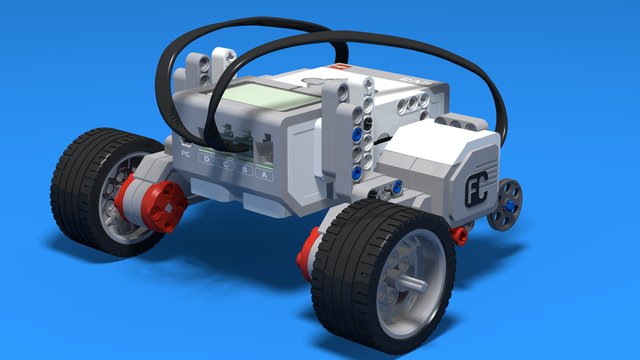
Level A1. Introduction. Robotics with LEGO
Introduction to robotics - The first level of the Robotics with LEGO curriculum for students in second, third or fourth grades. A journey in space, with robots. Various constructions with robots are built. Learn how to control the motors so that the robot navigates around the Sun, the Moon and Earth in various ways. Getting to know the first of the sensors. The robot can feel its surroundings with the help of the Touch sensor and avoid obstacles.
- 142
- 133:42
- 187
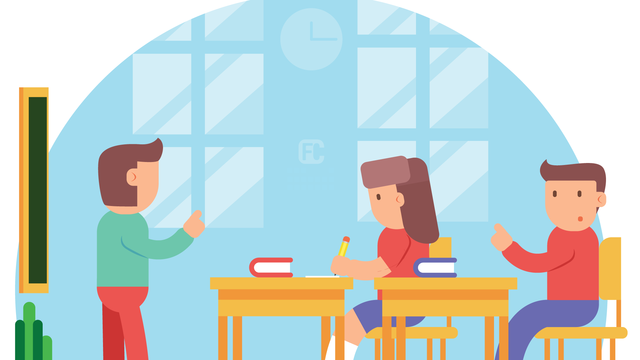
Understanding the learning process
Students have a limited attention span. Try to engage them in various activities so that you can keep their attention focused during the two-hour class.
- 8
- 0
- 2
- 3d_rotation 0
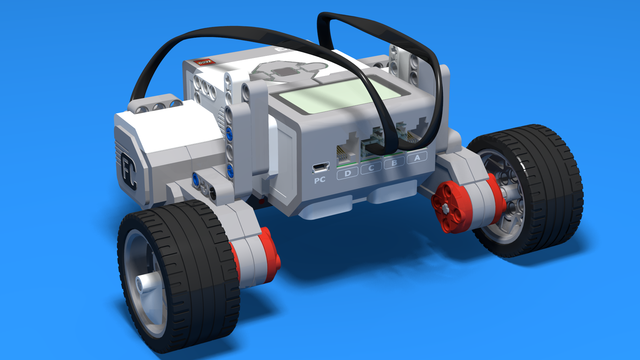
Robotics with LEGO - Level 1.0 - Adventure in Space
The first level of the Robotics with LEGO curriculum for students in fifth to twelfth grades.
Various constructions with robots are built. Learn how to control the motors so that the robot navigates around the Moon and Earth in various ways. Getting to know the first two sensors. The robot can feel its surroundings with the help of the Touch sensor and avoid obstacles.
The Ultrasonic distance sensor can help the robot avoid obstacles. Students work with concepts like loop, degrees and medium motor. Robots can now do two different actions at the same time - while solving missions on a field, the third motor clears detected obstacles.
- 126
- 123:52
- 150

Getting to know how these classes work
Your LEGO sets and the workplaces must be in exemplary shape. Beyond that, you must do one more thing.
- 7
- 0
- 1
- 3d_rotation 0
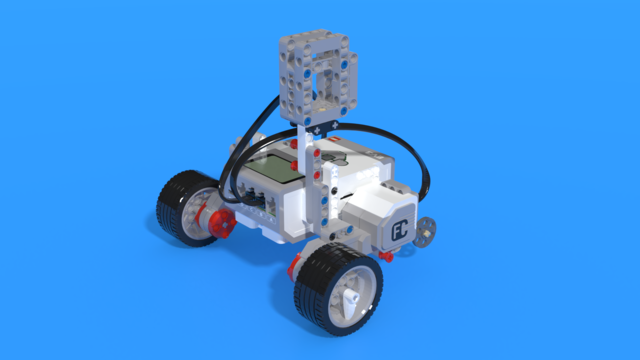
Python with LEGO Mindstorms EV3 - Level 1
The course introduces students to the programming language Python. We use LEGO Mindstorms EV3 Robots. Python is a popular programming language. It could be used for introducing students to programming, for academic studies, for developing machine learning algorithms and as a general-purpose language.
During the course, students learn how to read and how to develop Python programs. They use an Integrated Development Environment called Visual Studio Code. Robots are programmed to perform interesting and funny tasks like "bringing you water". The level ends with competition on a playing field with boxes.
- 74
- 28:18
- 114

Getting to know the learning process and the people in the room
Your LEGO sets and the workplaces must be in exemplary shape. Beyond that, you must do one more thing.
- 7
- 0
- 1
- 3d_rotation 0
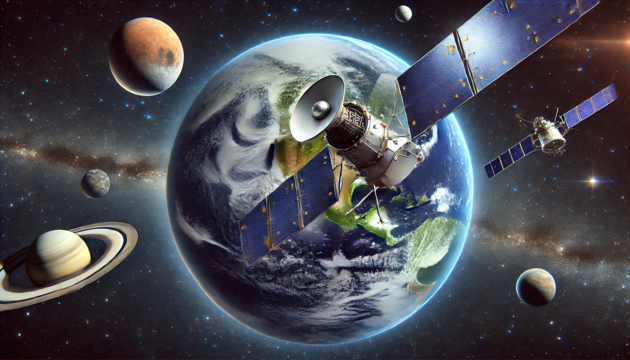
Level A1 - Space Adventure - Robotics with LEGO SPIKE Prime
This is the first level of the LEGO Robotics Curriculum for second, third, and fourth-grade students.
A "space adventure" but with robots. Different robot structures are built in Level A1. The motors are controlled so that the robots perform precise movements around the "Earth", "Moon" and "Sun". We use the force sensor to overcome various obstacles we bump into. We learn interesting facts about the solar system and space vehicles.
- 65
- 30:30
- 76
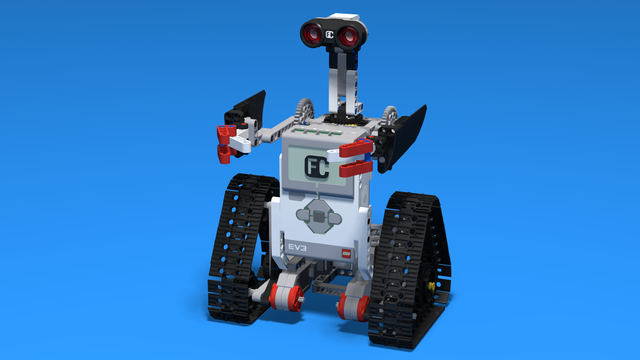
Robotics with LEGO - Level 1.5 - Spy games
The second level of the Robotics with LEGO curriculum for students from fifth to twelfth grades.
Students build multiple robots with thread chains and become familiar with the physical concepts of momentum and center of gravity. The concept of gears, their use and basic constructions involving gears are studied.
The new concept of "condition" is introduced in programming. Robots are becoming smarter as they can make complex decisions on their own. "Spy robots" follow their targets and avoid being noticed. This level introduces the light sensor which the robots use to recognize the colors of the objects they are looking for. Robots can stop on a black line and follow a route marked with a colored line on the floor.
The spy's most complex mission in the end of the level is to turn into a sumo wrestler and defeat any other robot in the ring.
- 56
- 12:47
- 136

